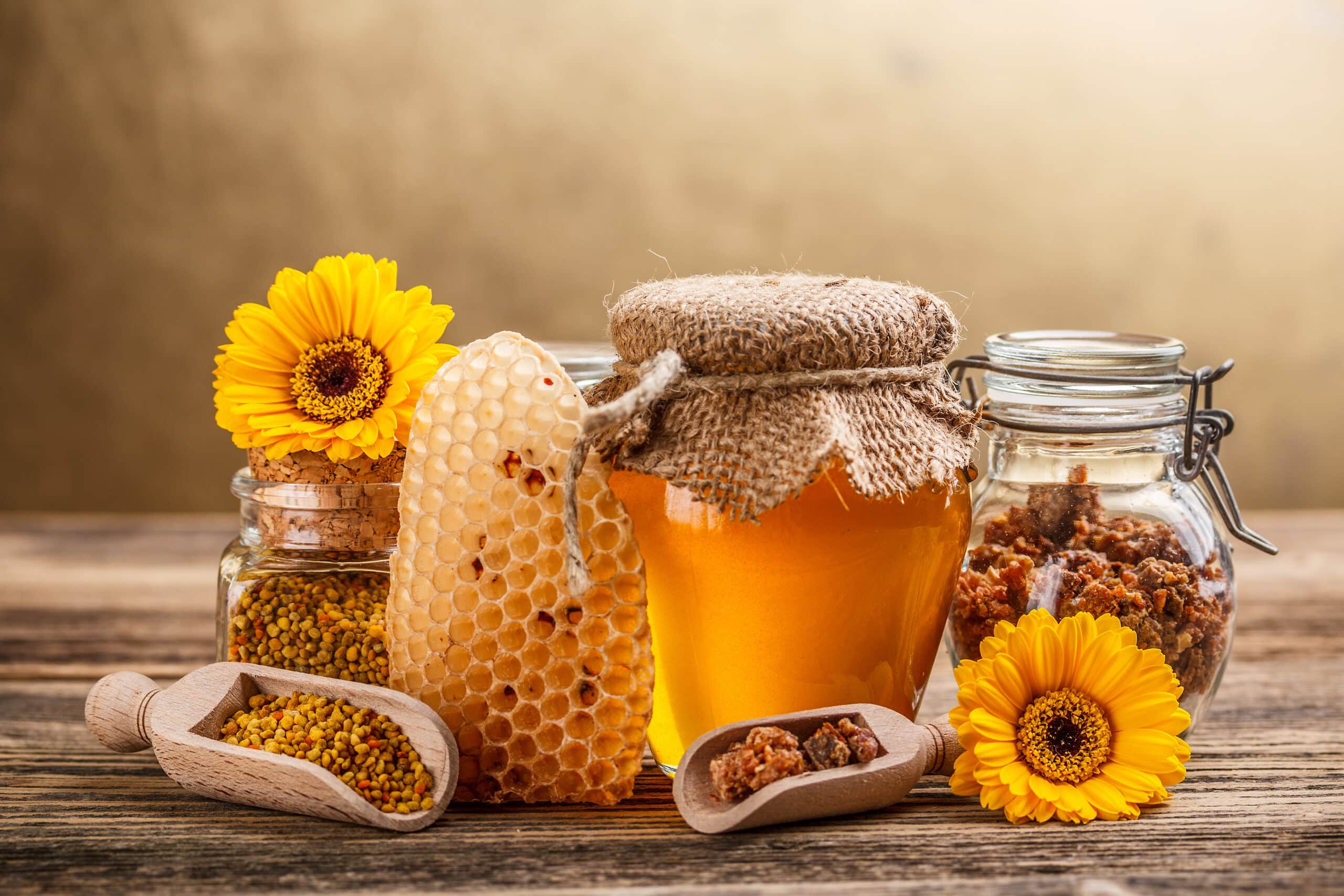Conventional medicine has been used to treat infections for centuries, but one of the oldest remedies, believe it or not, is honey. It is a nontoxic and natural substance that is packed with tons of therapeutic properties.
Today, honey is still used in many facets, from medicine to beauty and everything in between. Honey plays a significant role in anti-inflammatory, antibacterial, and antioxidant effectiveness. Here are some of the therapeutic properties that honey contains and its use today.
HONEY’S MEDICINAL PROPERTIES
Honey has been used to treat wounds, and other studies have proven that consuming honey in raw form helps with seasonal allergies. It also helps ward off acid reflux since it reduces the flow of stomach acid upward in the digestive tract.
It is important to note that in order for the honey to work its best, it should be raw and organic, the best form being in Manuka honey since it will have the most extraordinary antibacterial properties. It is used in many cough syrups, particularly as a natural cough suppressant for young children since it is as effective as over-the-counter medicines.
The acidity within honey aids in its antibacterial activities, and because it has regenerative properties, it works to help heal wounds. There is promise for the future that it may warrant great use on skin grafts since it helps with cell growth. In addition, it can work as an antiviral for pathogens since there have been reports on its effect on rubella.
HONEY FOR SKIN AND HAIR
Honey has benefits for more than just treating wounds and helping with coughs. One of the main components that honey carries is its moisturizing benefits. Honey supplies the skin with restorative properties, having the humectant ability to lock in moisture and hydration. Because of this ability, it is an ideal product for use with the skin and hair.
You can apply honey directly to the skin to help fight dryness and use honey to help with chapped lips when they become cracked. In addition, people buy honey-infused hair conditioning treatments or make do-it-yourself hair masks to apply to the scalp to help heal dandruff or dermatitis.
Honey also contains protein, which can help prevent your hair from breaking or falling out and smooth the hair follicles to create a luster. In addition, there is evidence that honey works to help grow skin cells so that it can promote hair growth.
HONEY FOR YOUR IMMUNE SYSTEM AND BLOOD SUGAR
Honey can also help rid the body of infections by boosting the immune system with its antibacterial action. Because it contains many vitamins such as pantothenic acid, ascorbic acid, and riboflavin, as well as minerals including iron, magnesium, calcium, potassium, and zinc, these all work to help ward off immune-infecting intruders.
The composition of honey is interesting. One tablespoon (20 grams) of honey contains the following :
- Calories: 61
- Fat: 0 grams
- Protein: 0.5% of the Daily Value (DV)
- Carbs: 17 grams
- Fiber: 0 grams
- Riboflavin: 1% of the DV
- Copper: 1% of the DV
- Calcium: 6mg
- Iron: 0.5mg
- Magnesium: 2mg
- Phosphorus: 4mg
- Potassium: 52mg
- Zinc: 0.22mg
High-quality honey contains bioactive plant compounds and antioxidants, with darker varieties offering more antioxidants. Even though it is mainly made up of sugar, it may provide more benefits than regular sugar, hence using it as a substitute.
The antioxidants help protect against metabolic syndrome and type 2 diabetes since it increases levels of a hormone that improves blood sugar regulation.
HONEY FOR EYE CONDITIONS
Further evidence has been in support of honey for ophthalmology. It has properties to help with eye issues like corneal injuries, burns to the eyes, and conjunctivitis. There was reported improvement in 85% of patients with eye disorders. In addition, the application of honey helped to reduce redness and swelling at the site of infection.
HONEY IS NO LONGER AN ALTERNATIVE
The increase in honey for therapeutic use shows much promise, for it is no longer considered alternative medicine in today’s modern mainstream. There are multiple uses in food and medicine that demonstrate its nutritional and therapeutic values.




